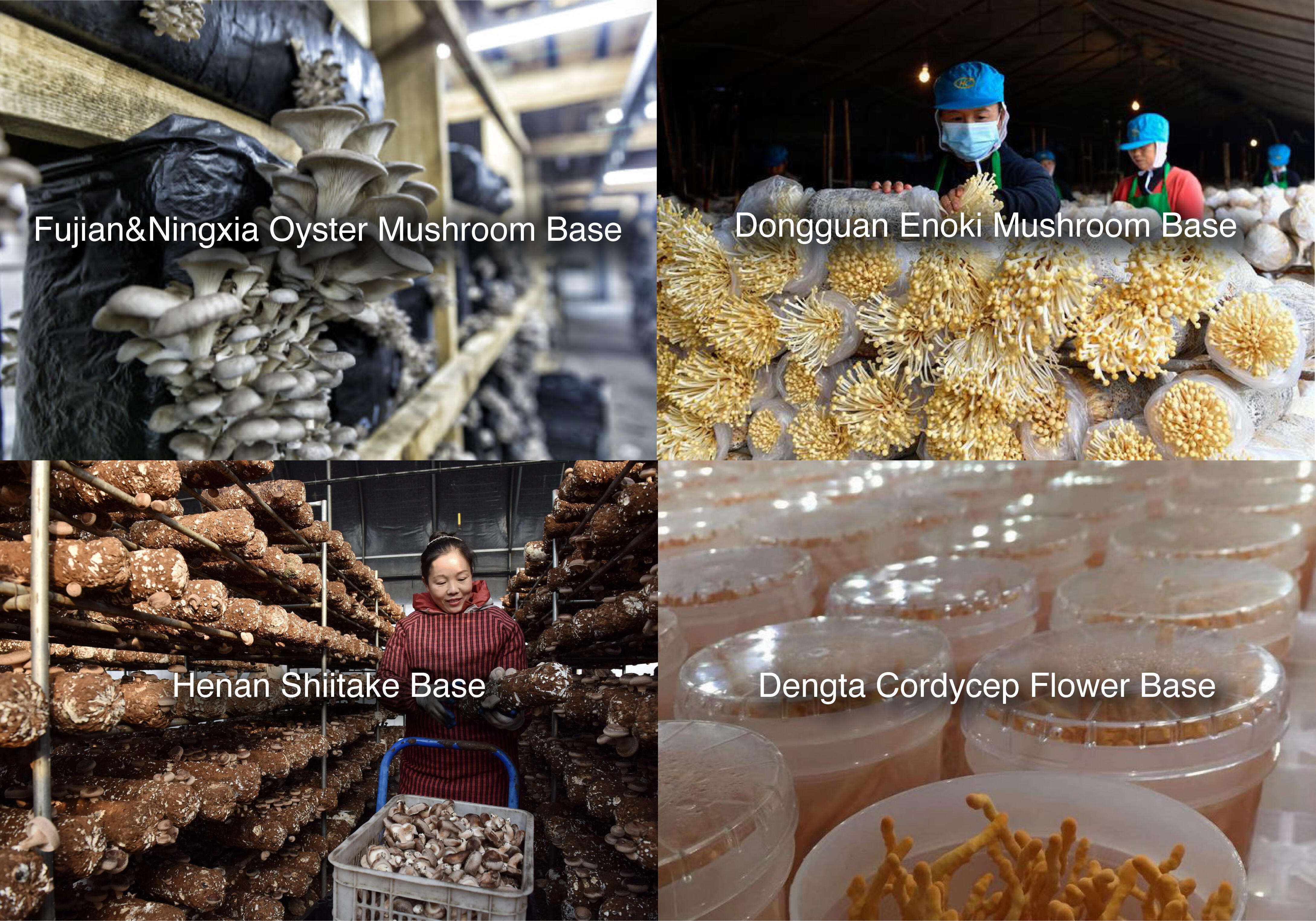The average annual temperature
Shangri-La's wet summers and large day-night temperature differences slow down mushroom growth, enhancing flavor development. The vertical climate zone of the Hengduan Mountains provides a layered habitat environment for different bacterial species. The area of mixed forests of pine, fir, spruce, and oak trees within the territory is vast, and matsutake mushrooms form mycorrhizal symbiosis with the root systems of pine trees over 50 years old, relying on humus soil from the original forest. The forest coverage rate exceeds 80%.
Shangri La is one of the largest Matsutake mushroom production areas in China, with an annual output of nearly 300 tons, accounting for over 90% of the country's Matsutake mushroom exports.
